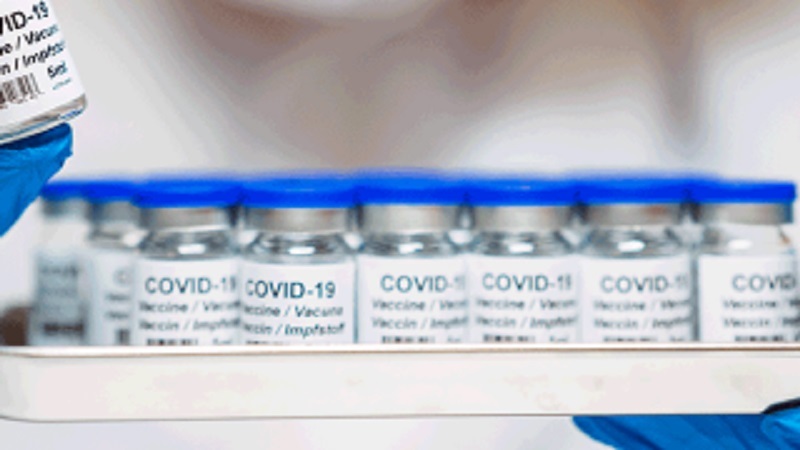
Michigan State University (MSU) researchers were part of a team that may have identified the molecular mechanism responsible for rare blood clots linked to the AstraZeneca and Johnson & Johnson COVID-19 vaccines.
The research suggests a viral vector – “an adenovirus used to shuttle the coronavirus’ genetic material into cells” – and the way it binds to platelet factor 4 once the vaccine is injected triggers blood clots in a very small number of people who receive the vaccine, an MSU news release said. The blood clots are formed in a condition called thrombotic thrombocytopenia (VITT).
“VITT only happens in extremely rare cases because a chain of complex events needs to take place to trigger this ultra-rare side effect,” Alan Parke of Cardiff University's School of Medicine in Great Britain and the study's lead author, said in the release. “Our data confirms PF4 can bind to adenoviruses, an important step in unravelling the mechanism underlying VITT.”
Scientists suspected the viral vector may play some part in VITT when both the AstraZeneca and Johnson & Johnson vaccines caused the side effect.
“Another important clue was that neither the Moderna nor Pfizer vaccines, made from an entirely different technology called mRNA vaccines, showed this effect,” the release said.
AstraZeneca scientists worked alongside researchers from Cardiff University and Arizona State University to study VITT, the release said. MSU researchers refined the cryo-electron microscopy (cryo-EM) structures.
“Using the initial cryo-EM structures as a template, the MSU team conducted molecular simulations for large fractions of the viral capsid proteins using the electron densities from cryo-EM as an additional bias to our simulations,” the release said.
The findings were recently published in the journal Science Advances, the release said. The research could help improve the next generation of vaccines and therapies.